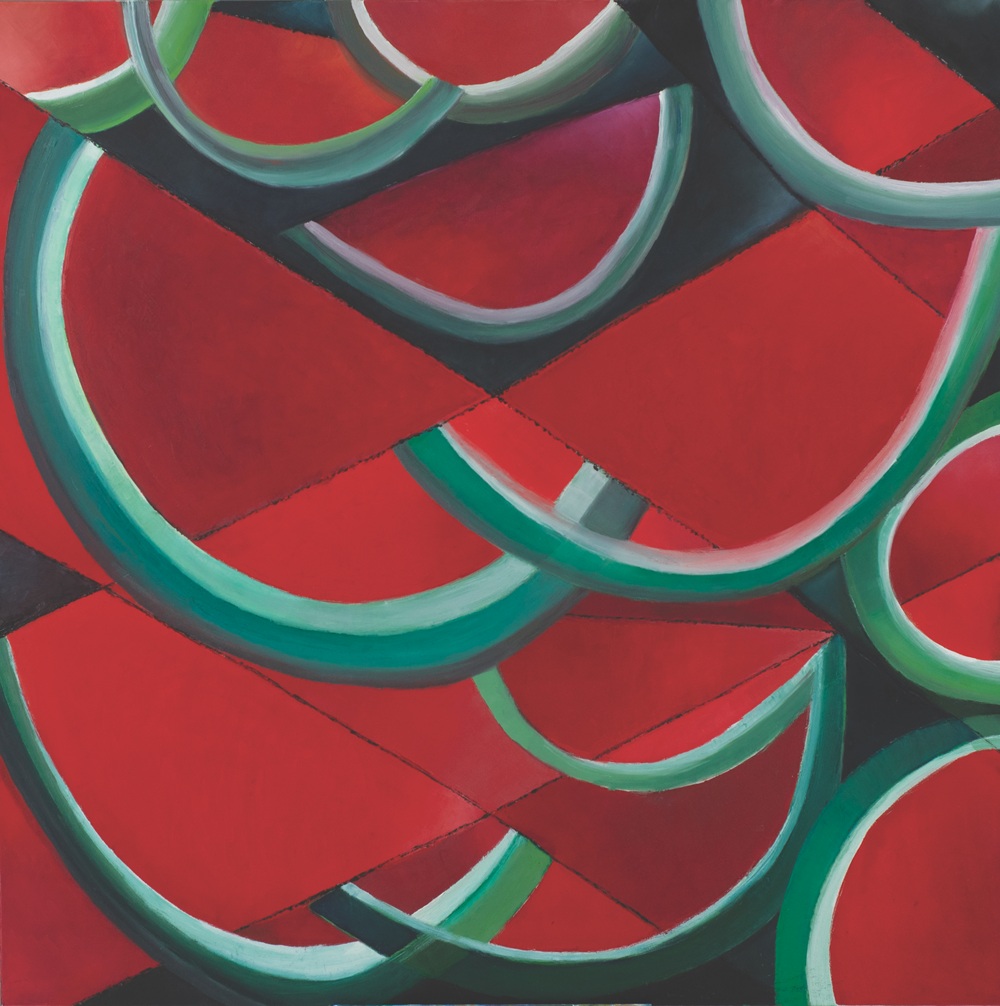
The Gaza Biennale is a platform for resistance and international solidarity, shining a light on the contemporary art scene in Gaza. It is organized in 14 cities around the world (including New York, London, Berlin, Copenhagen, Valencia, etc.) and is the first major platform for promoting the art of young Palestinian artists.
The opening of the Greek Pavilion at the Gaza Biennale at Lofos Art Project was a resounding success, with a large number of visitors honoring the exhibition with their presence.
The round table discussion that followed left an indelible mark on the memory of those present, as they had the opportunity to hear testimonies through live connections with artists from Gaza, as well as with representatives from the English and Turkish Pavilions, and with the physical presence of important speakers who presented to the audience the image of the artistic scene in Gaza at the time of the Genocide.
As part of the exhibition In the Zone of Fire/Miracles Among the Ruins—The Gaza Biennale, curated by Faye Tzanetoulakou and Dimitris Sarafianos, the events continue with the presentation of Sohail Salim’s Diary of Genocide on Saturday, October 4, at 7:00 p.m., which arrives from the English Pavilion of the Gaza Biennale and is combined with the screening of the Palestinian film: Aida Returns, Carol Mansour, 2024, courtesy of Dounias and the Athens Palestine Film Festival.
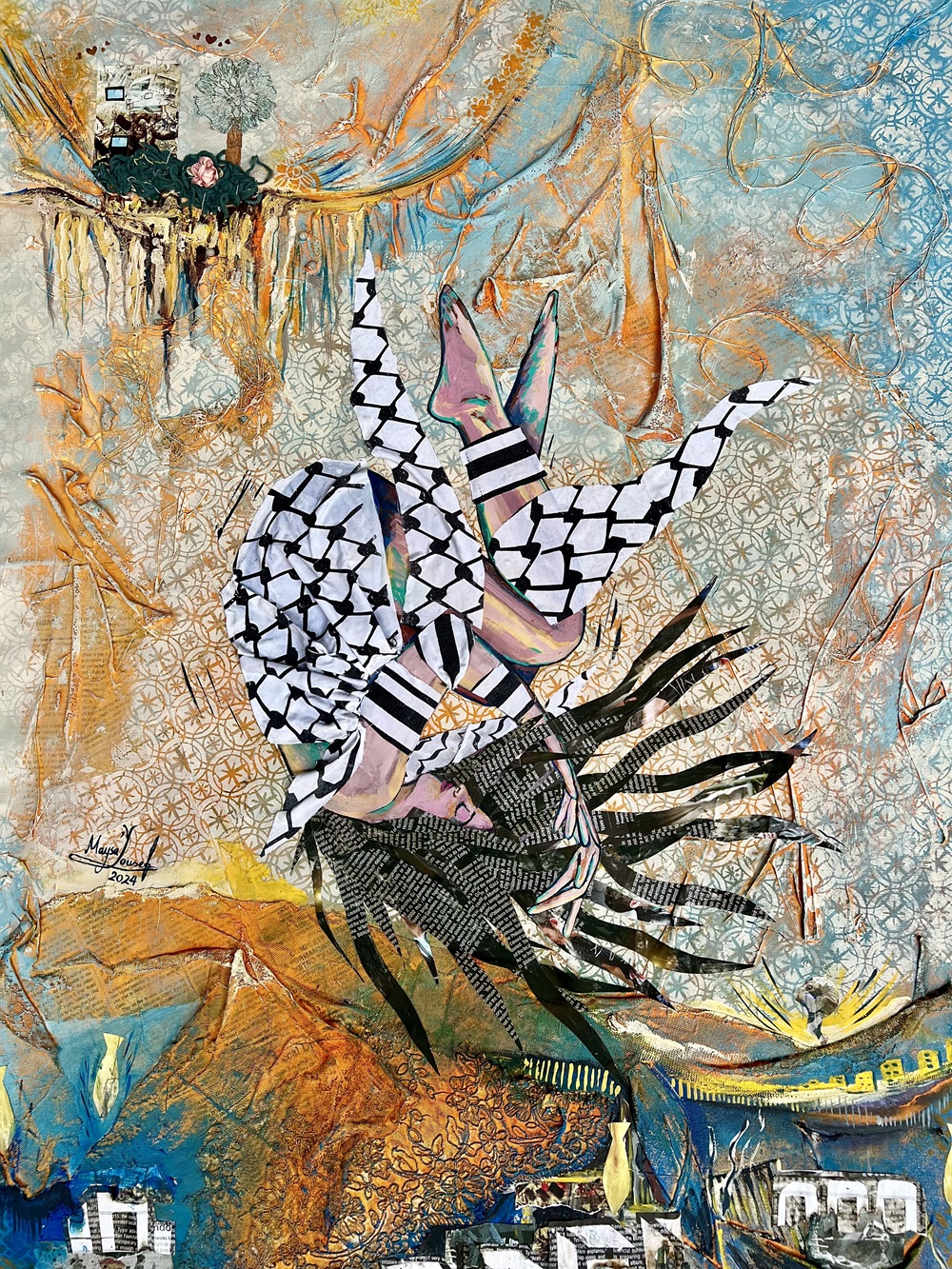
Maysa Yusef
On Monday, October 6, at 7:00 p.m., Ghassan Kanafani’s book, Stories from the Land of Bitter Oranges, will be presented.
Μore Information about the events:
Sohail Salem’s Genocide Diary:
After bidding farewell to the English Pavilion at the Gaza Biennale, Sohail Salem’s precious Genocide Diary comes to the Gaza Biennale in Athens, on a night where art becomes testimony and testimony becomes resistance.
Salem envisions his art traveling beyond borders and his words remaining alive with us. The Artist’s Notebook, this living archive—fragile and revealing—will be in Athens until the end of the exhibition, continuing its journey from the moment it was smuggled out of Gaza. The book is here, but the artist remains in Gaza, in the most difficult conditions imaginable.
“I didn’t flee south at the beginning of the war, despite the intense danger, but the army invaded my home, the southern neighborhood of Rimal in Gaza, and arrested me,” Salem says. “They separated me from my family and forced them to flee to Deir al-Balah on foot. The soldiers interrogated me while my hands were chained and my eyes were blindfolded, and they wrote a letter in Hebrew on my forehead. Those who were detained with me whispered among themselves about the meaning of this act and whether the army would kill me first. After hours of interrogation, they released me and I walked for about seven hours to reach Deir al-Balah. The next day, after searching without any clues or contacts, I managed to find my family.” “My sketches are quick—there’s no room for calm,” Salem continues. “I believe that art is created within its circumstances. It is more than just putting color on blank surfaces. It is a state of accumulated emotions—a microcosm of my reality, my hopes, my pain, and my dreams.”
Sohail Salem was born in Gaza in December 1974 and received a Bachelor of Fine Arts degree from Al-Aqsa University in 1999. He teaches art at Al-Aqsa University, in the Faculty of Fine Arts. He is a co-founder of the Eltiqa Contemporary Arts Group. He participated in artist residency programs in Amman, at the Darat Al Funun September Summer Academy for Arts, Khalid Shoman Foundation, under the supervision of artist Marwan Kassab Bashi in 2001 and 2003, in Switzerland – Geneva “Arts place de l’Ile” in 2005 and at the City International des Arts – France, Paris in 2010. He has participated in many national and international exhibitions, including four solo exhibitions. He was supervisor of the contemporary art program “GCAP” at the Eltiqa gallery in 2014. He lives in Gaza and works in graphic design and fine arts. He filled school notebooks with sketches throughout the genocide, creating hundreds of works. The notebooks themselves are a testimony to something that cannot be easily described or denied.
Aida Returns, Carol Mansour:
It is a story of multiple journeys, sometimes painful, sometimes humorous, and often absurd: the journey of loss, where the director’s mother, Aida, struggling with Alzheimer’s disease, finds solace in her repeated “return” to the Yafa of her youth; the journey of losing a parent; and the journey of the final return to Yafa, where Aida will finally rest. After her mother’s death, director Carol Mansour meets friends in Beirut who are willing to help Aida return to Palestine. The film follows Carol as she plans a way to return her mother, with the help of an unlikely group of friends and strangers who come together to facilitate what should have been a simple journey. It is a journey that is very personal, but at the same time universal. The film is a tribute to Carol’s family’s lost past, an attempt to restore part of both individual and collective memory, and at the same time a poetic nod and a statement to all those exiled Palestinians who are forbidden to return to their homelands, even after death.
Carol Mansour is an independent documentary filmmaker with over 25 years of experience in documentary production. She has gained international recognition and accolades, with her films being screened and officially selected at more than seventy film festivals worldwide, winning numerous prestigious awards. Her work reflects her commitment to human rights and social justice, focusing on issues such as migrant workers, refugees, environmental problems, mental health, the rights of people with disabilities, war and memory, the right to health, and child labor. Carol Mansour is Lebanese/Canadian of Palestinian descent.
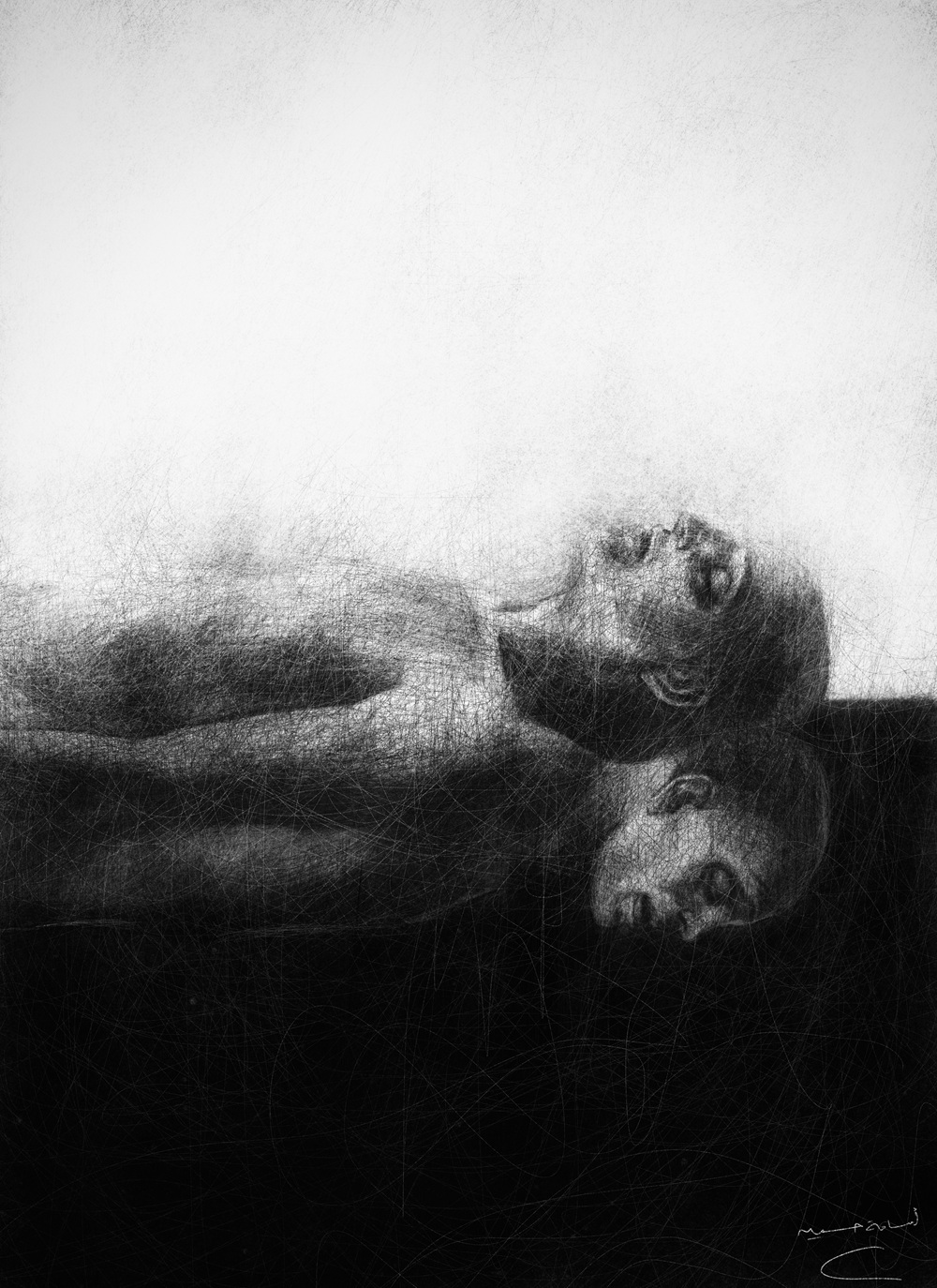
Osama Naqqa Hussein
Short Stories from the Land of Bitter Oranges, Ghassan Kanafani:
On Monday, October 6, at 7:00 p.m., Ghassan Kanafani’s book, Short Stories from the Land of Bitter Oranges (published by Salto, translated and with a foreword by Nasim Alatras). Speakers: Nasim Alatras (translator, writer), Yannis Androulidakis (journalist), Savvas Michael (author), Eleni Fournarou (author). Moderated by Faye Tzanetoulakou, Dr. of Art History. Excerpts will be read by actors Sofia Hill and Tasos Dimas.
About the Gaza Biennale in Athens:
The Greek Pavilion has selected characteristic works that combine aesthetic perfection, artistic innovation, and political stance. The targeting of cultural producers in Palestine demonstrates the importance and significance of art in the continuity and development of a culture that is targeted by occupation.
Contemporary Palestinian art is fighting for cultural survival and emerging as a force of resistance, combining tradition and innovation under the most unimaginable conditions. Through painting, sculpture, photography, and video art, the artists of Gaza transform pain into poetry, trauma into memory, and loss into a weapon of truth. Thirty visual voices from the line of fire are coming to Greece for the first time, reminding the world that culture is the last line of defense for a free people.
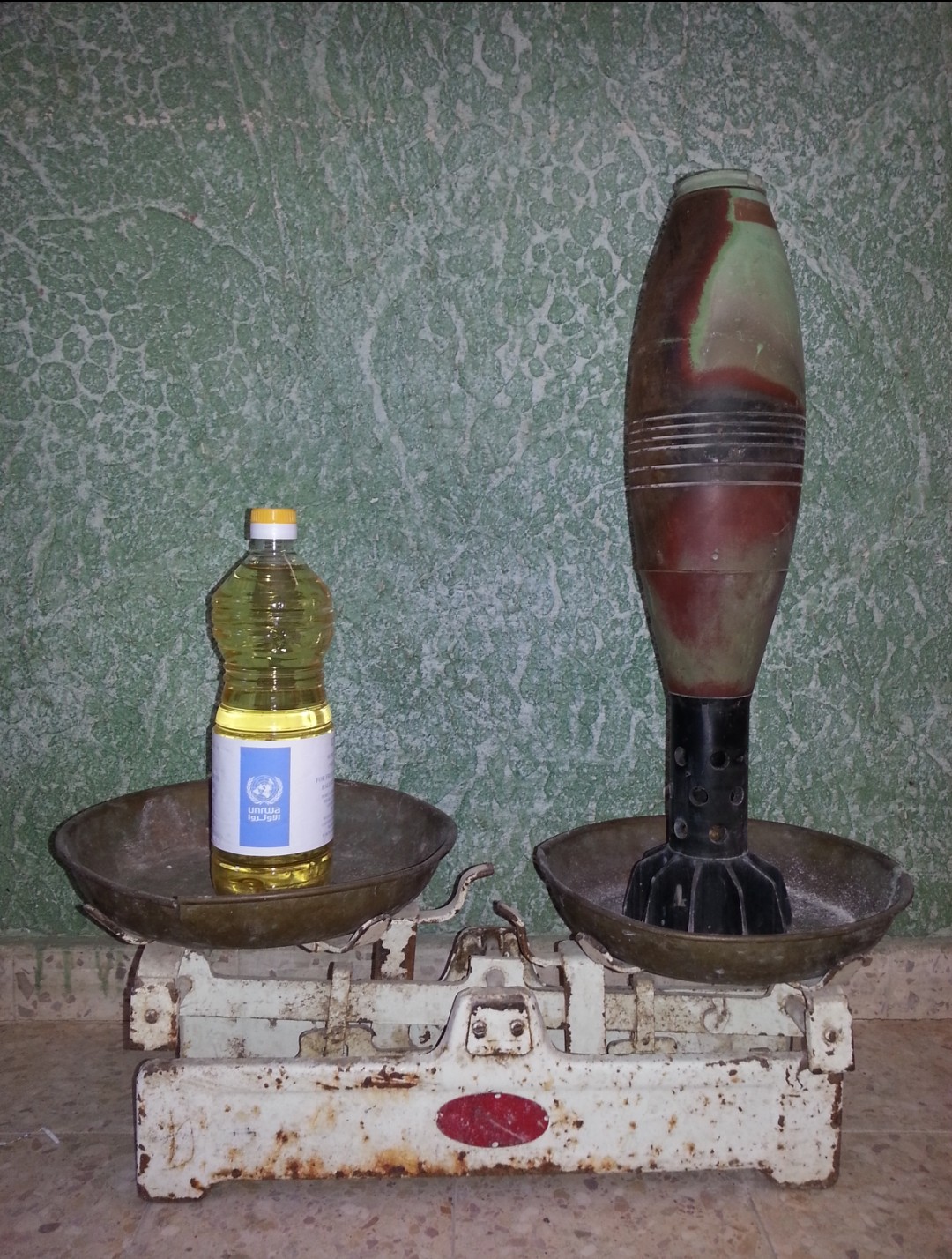
Ghanem Al Den
In the participation of: Ahmed Adnan, Ahmad Aladawi, Ahmad Muhanna, Alaa Abu Saif, Alaà Al Shawa, Ashraf Sahwiel, Aya Juha, Bassel Aklouk, Diana Alhosary, Emad Badwan, Fadel Tafesh, Hala Eid Alnaji, Jehad Jarbou, Ghanem Al Den, Ibrahim Al Sultan, Khaled Hussein, Lamis Dajani Shawwa, Liza Madi, Maisara Baroud, Mary Ann Jaraisy, Maysa Yousef, Motaz Naim, Osama Naqqa Hussein, Rasha Alrayes, Ruba Mahmoud Hassan, Ola Al Sharif, Sohail Salem, Yasmeen Al Daya, Yahya Alsholy, Yara Zuhod.
Curators: Faye Tzanetoulakou / Dimitris Sarafianos. The exhibitions lasts till November the 4th 2025.
The Biennale is organized by a team of artists and curators from Gaza and the Forbidden Museum of Al Risan Hill in Palestine.
The exhibition is accompanied by an online catalog and a limited number of printed copies.


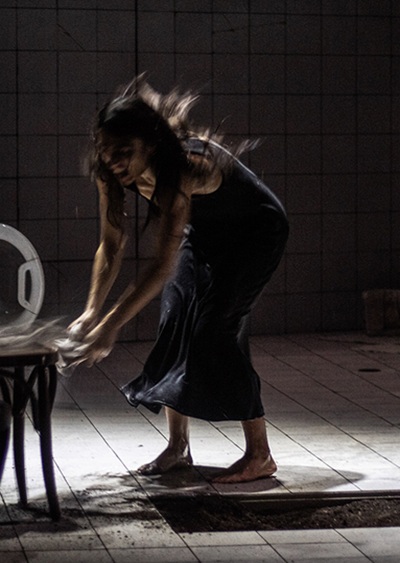
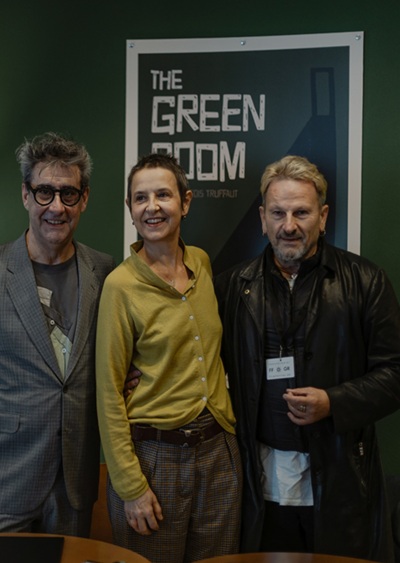
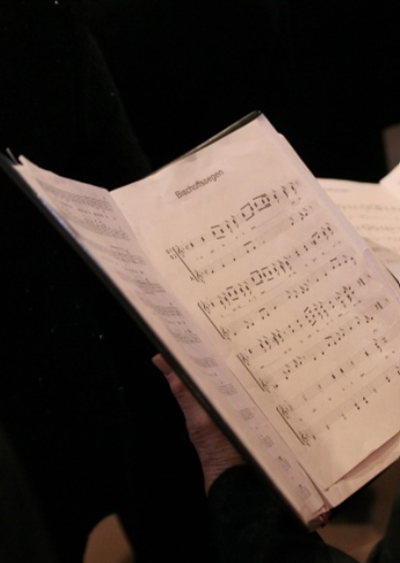
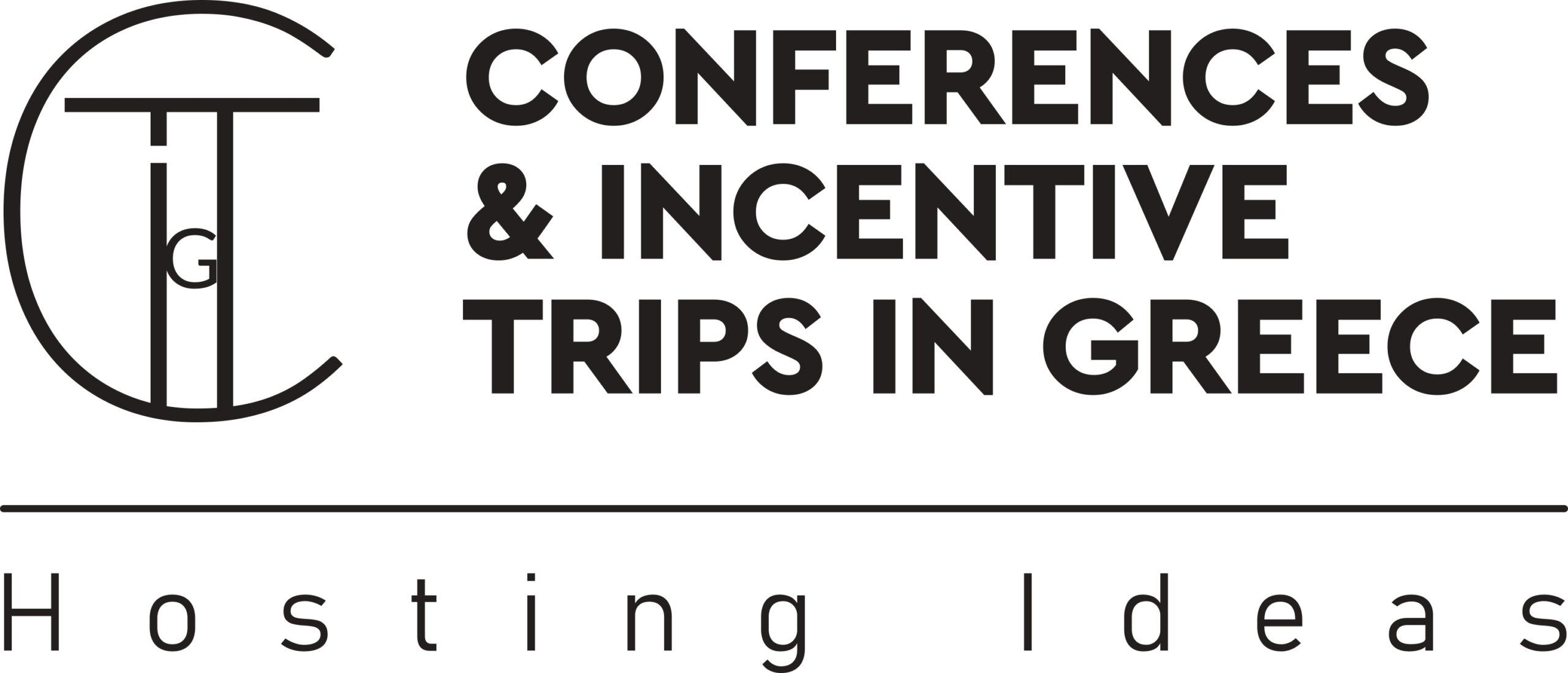

Leave A Comment